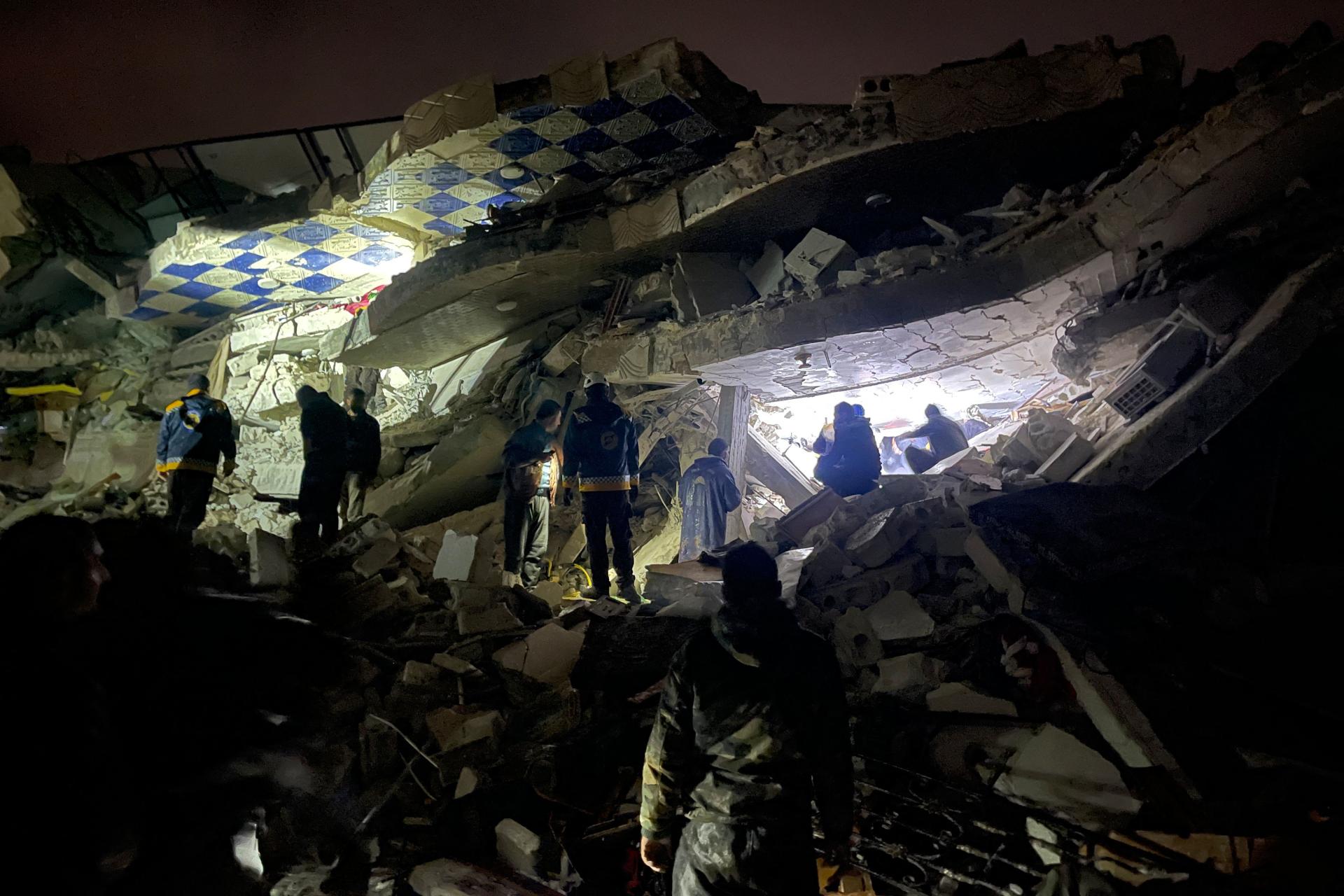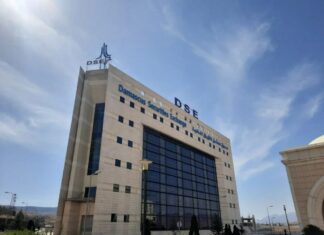
After almost an entire week from the outset of the greatest natural disaster to strike the region in a century, the Syrian Salvation Government (SSG) and Emergency Response Committee (ERC) continue to cope with the aftermath of the devastating 7.6 earthquake that shook Turkey and northern Syria last Monday.
According to the ECR, as of the seventh day of the crisis 867 buildings have been completely destroyed with 5,196 rendered uninhabitable due to structural damage. More than 5,500 have been injured and 2,600 killed with more than 9,000 households from over 200 localities have been impacted by the earthquake.
Regarding the death toll of Syrians in neighboring Turkey the Director of the Turkish Özgürder Organization said, “The number of Syrian refugees who died in the aftermath of the earthquake inside Turkey and who will be returned to Syria via Bab al-Hawa crossing has now approached 3,000.”
As the ECR began its second phase of emergency relief initiatives, there has been a swarm of activity throughout the region. Additional police patrols and security guards were sent to Harem, Salqin, Bisnia Atarib and other affected areas, to conduct night patrols in order to prevent thefts from derelict buildings and rubble.
The ERC sent delegations, in coordination with the Ministry of Education, to check on teachers and students who lost family, offering condolences and gauging their situation. The team also contained engineers responsible for checking the structural integrity of all educational facilities and schools to ensure their safety.
These teams inspected public, residential and commercial buildings in Idlib City, Harem, Salqin, Kafr Takharim, Armnaz, Atma, Atareb, Jisr al-Shughour, Ariha and Ram Hamdan. Additional teams oversaw the removal of rubble and the opening of roads.
Campaigns collecting donations to help earthquake victims were held by citizens, many of whom are IDPs, in Atma, Ariha, and Jabal Zawiya and the Ministry of Religious Endowments has been running fundraising and distribution campaigns throughout the mosques in the liberated regions and saw to the repair of damaged mosques in Idlib and Harem.
The Ministry of Health dispatched several mobile clinics were sent to Jindires, Harem, Atarib and Atma and medical teams paid house visits to homes in Jabal al-Jawiya. The Minister of Health visited the main hospitals in Darkoush and Jisr al-Shughour and various hospitals were provided with new stocks of medicine, fuel and vital supplies. Several teams also visited the earthquake victims there and distribute financial assistance.
The Ministry of Economy and Resources continued to ensure that no price gouging occurs and that vital necessities like grain, flour, and bread remained available. Which included supervising the inspection and repair of bakeries and the distribution of flour.
For the first time since the earthquake a number of international journalists visited the disaster-stricken regions of northern Syria, some of who were from NPR, Washington Post, The Times, Sky and CNN, it’s hoped such visits may result in a better understanding of the harsh reality on the ground by those outside.
While some aid has slowly been entering northern Syria it is still too slow and little when compared to the rapidly growing number of injured, homeless and dead.





